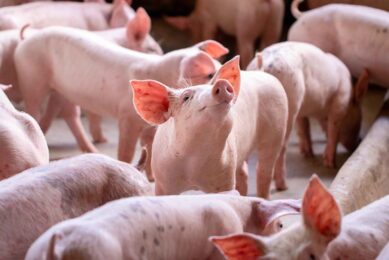Ohio State University classifies new porcine Calicivirus in US swine

By showing its presence in almost 24% of North Carolina finisher pigs, American scientists have come one step closer towards identifying a new strain of Calicivirus.
Although it is unclear so far whether the virus causes disease in pigs or humans or are of food safety concerns, Ohio State University researchers have been trying to classify the new type of virus strain.
The findings can be found in a report on the website of the Centers for Disease Control and Prevention (CDC).
This Calicivirus family consists of RNA viruses, and have been classified into five genera since 2009: Norovirus, Sapovirus, Vesivirus, Lagovirus, and Nebovirus. Later, the nonhuman primate Tulane virus and the porcine St Valerien–like viruses were characterised as potential new genera in the Caliciviridae family.
The newly discovered strain (NC-WGP93C) groups with the ‘St Valerien-like viruses’, which have been found in Canada, the USA and Italy. Real-time reverse transcription PCR revealed that new St Valerien–like porcine caliciviruses are prevalent (23.8% overall) in finisher pigs in North Carolina.
Related websites:
Ohio State University
Centers for Disease Control and Prevention (CDC)











